| Structure | Name/CAS No. | Articles |
|---|---|---|
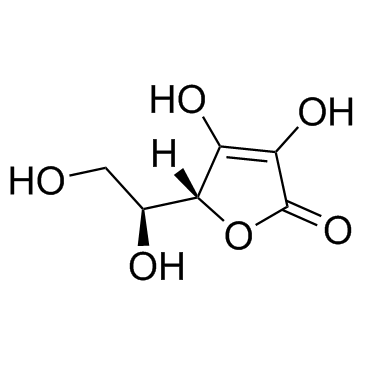 |
Ascorbic acid
CAS:50-81-7 |
|
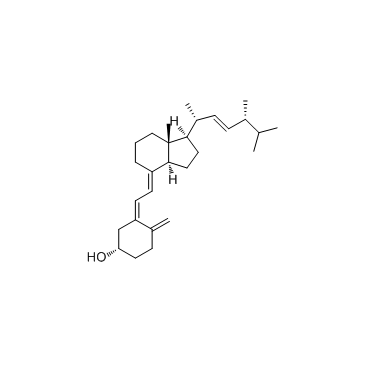 |
Ergocalciferol
CAS:50-14-6 |
|
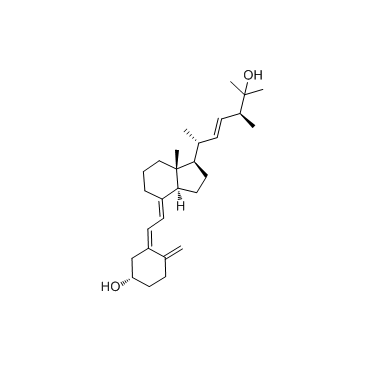 |
25-Hydroxycalciferol
CAS:21343-40-8 |
|
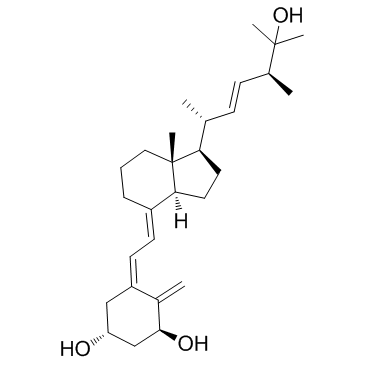 |
1-α,25-Dihydroxyvitamin D2
CAS:60133-18-8 |
|
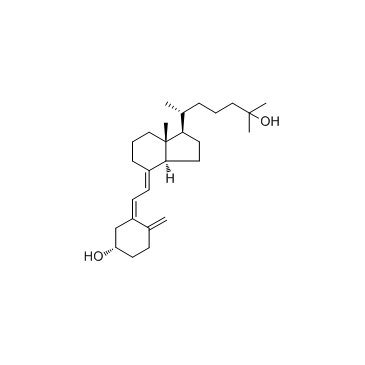 |
Calcifediol
CAS:19356-17-3 |